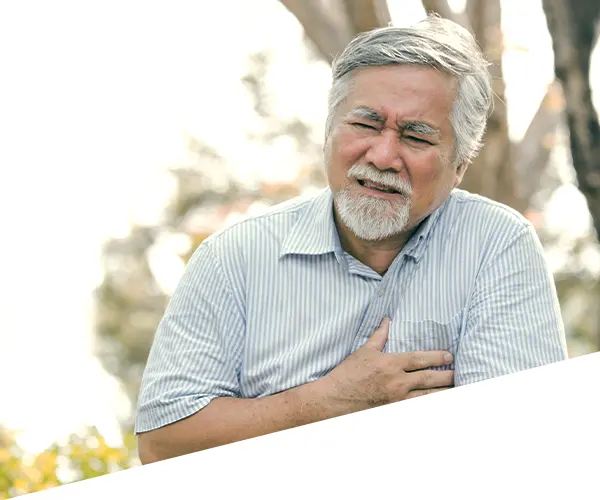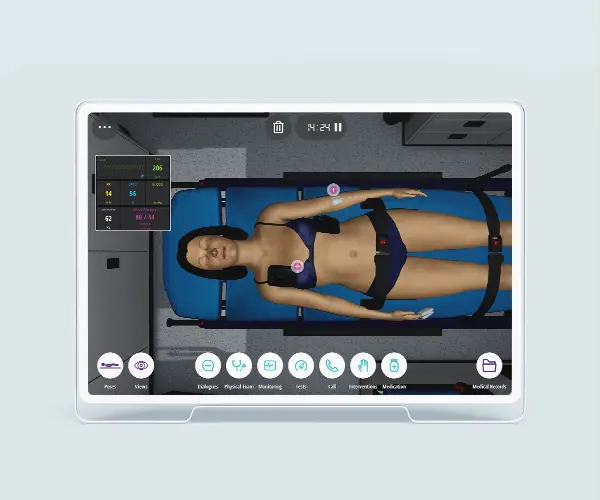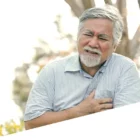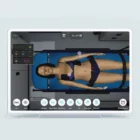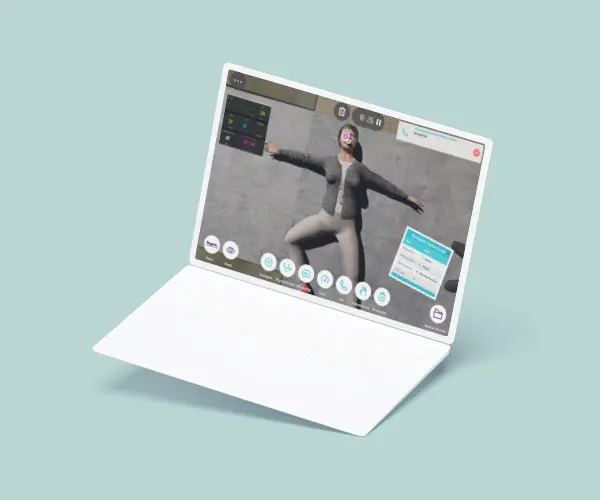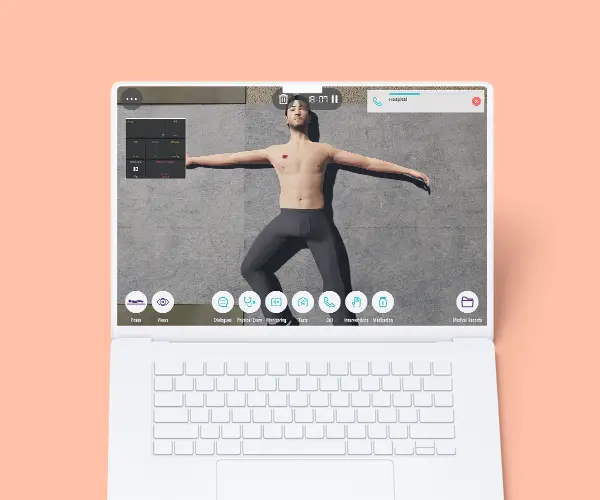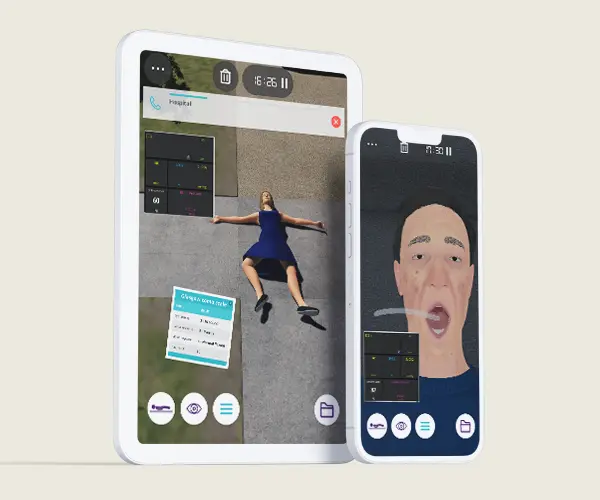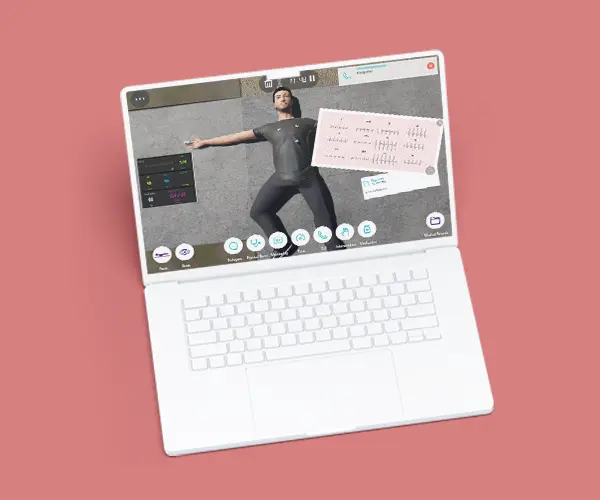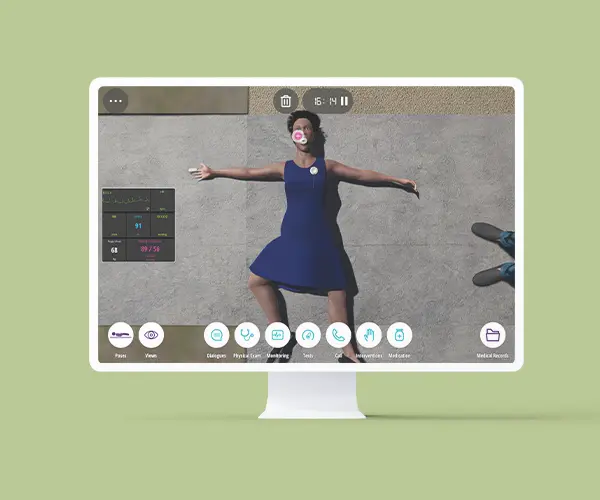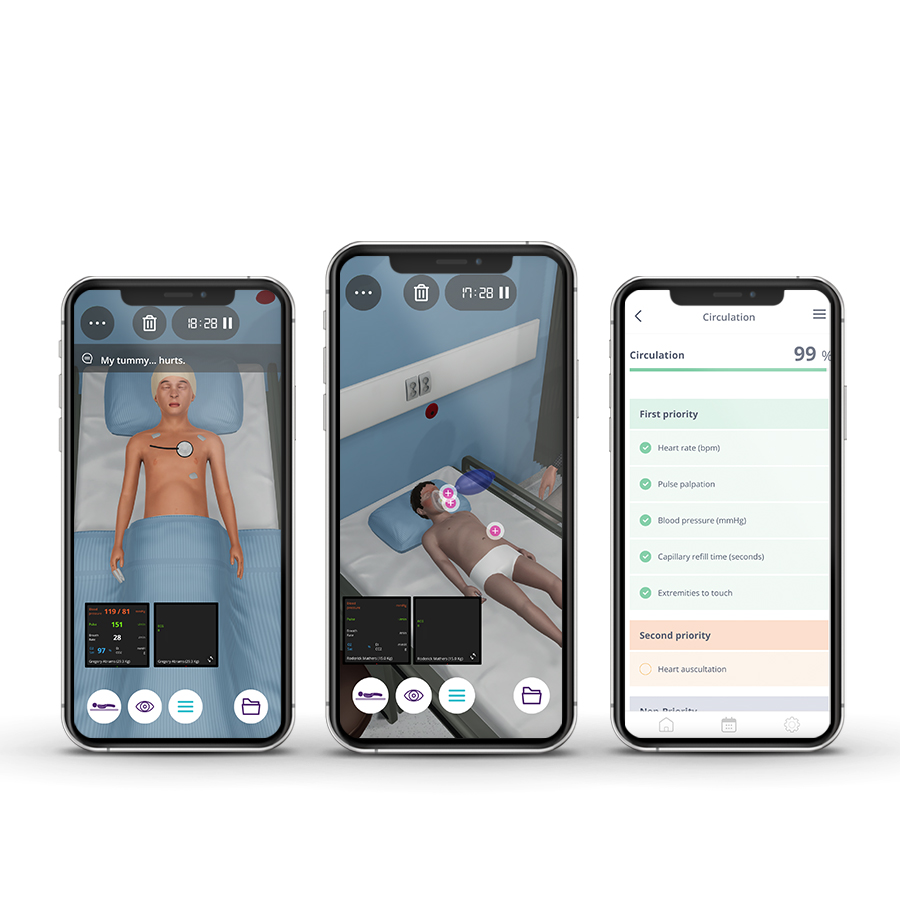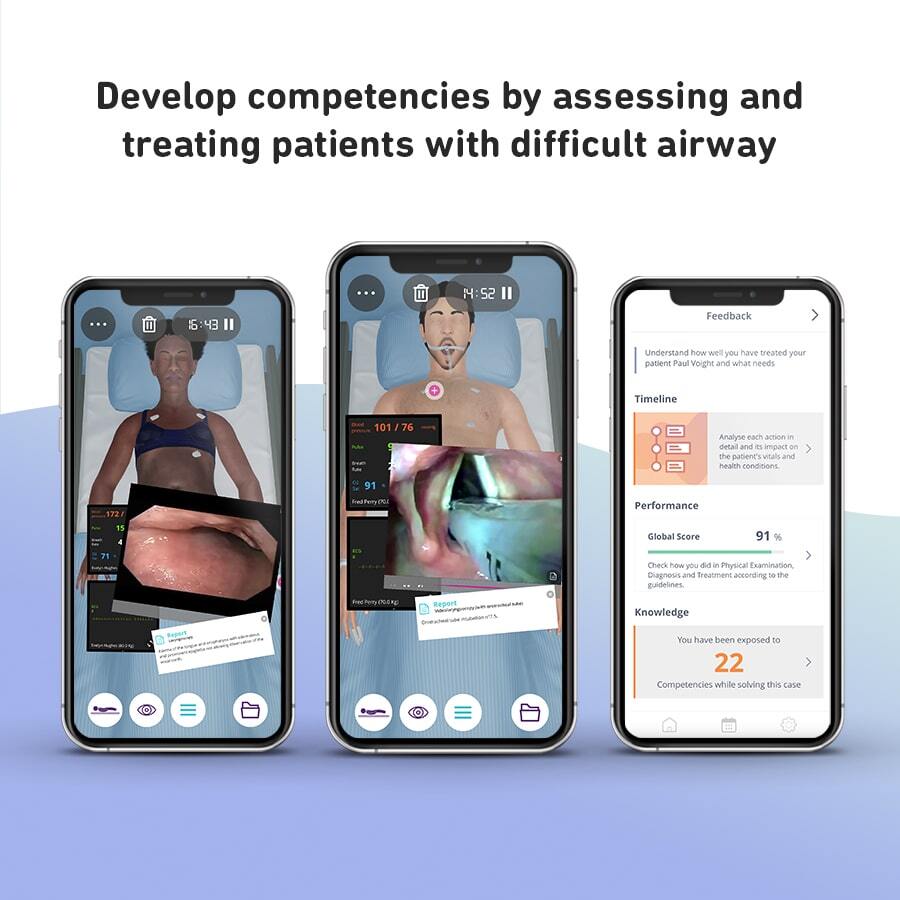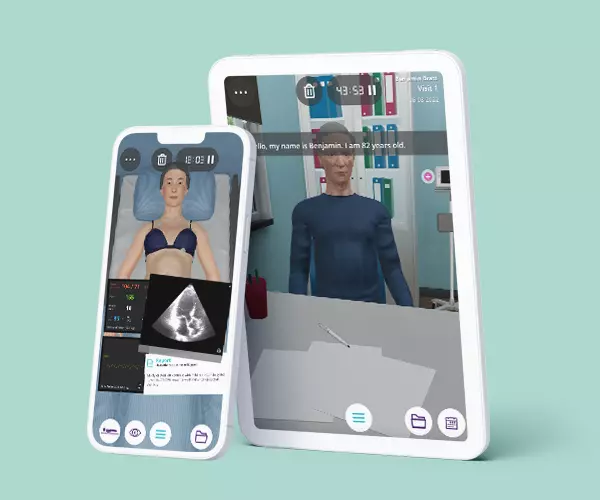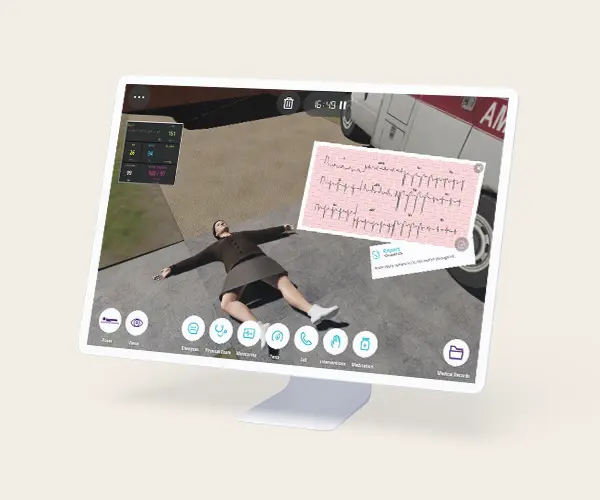Description
Course type: Online; Self-Paced
Specialty: Cardiology and Respiratory
Language: English / Portuguese
Resources: Handbook
Level: Intermediate
Target: Paramedic
Modules: 5
Durations: 2 months
Time Effort: Up to 110 min per module
Certificate: Yes
Course Description
The functions of the cardiac and respiratory systems are closely linked and regulated in order to maintain blood pressure and supplement oxygen to tissues and remove carbon dioxide. The amount of Oxigen and Carbon Dioxide transported, respectively to and away from the tissues depends on the cardiac output and blood flow in both the systemic and pulmonary circuits of the cardiovascular system. Cardiovascular and respiratory diseases are frequent and the main causes of premature death worldwide.
The paramedic is a health professional with the knowledge to respond, evaluate and monitor emergent, urgent, and non-urgent respiratory and cardiovascular situations.
Cardiovascular and Respiratory Critical Approach course using Body Interact virtual patients offers training of specific skills in solving complete and complex clinical scenarios. This course allows you to deepen knowledge and skills with regard to the pathologies of bradycardia, ventricular tachycardia, acute myocardial infarction, pulmonary edema and respiratory distress.
Course Overview
- 5 Modules
• 5 virtual patient cases of a basic level of complexity. - Average Time to practice (per module)
• Clinical Scenario: 20 minutes per attempt (3 attempts: 60 minutes)
• Final attempt (if applicable): 20 minutes
• Multiple Choice Question: 5 minutes
• Feedback Area: 10 minutes
• Learning Objectives and Scientific References: 5 minutes - Online, Self-paced
You have up to 2 months to complete the 5 modules at your own pace. - Certificate of Completion
Learning Objectives
• Assess the security of care;
• Develop skills in understanding a patient’s clinical history applying SAMPLE;
• Assess pain with OPQRST;
• Assess and performed advanced prehospital interventions;
• Provide adequate treatment according to cardiovascular and respiratory signs and symptoms;
• Perform interventions with basic and advanced equipment typically found on an ambulance, including diagnostic equipment;
• Provide specialized interfacility care during transport.
Clinical Competencies
Safety
• Universal safety measures procedures
• Promote patient safety
Airway and Breathing
• Airway – naso/oropharyngeal; supraglottic; Endotracheal intubation
• Chest tube placement – assist only
• Oxygen therapy (nasal cannula; non-rebreather; simple face mask; high-flow mask)
• Pulse oximetry
• Suctioning – upper airway
• CPAP
Circulation
• Assess and interpret pulse (rate, rhythm and volume)
• Cardiac monitoring – 12-lead ECG (interpretive)
• Cardiopulmonary resuscitation (CPR)
• Cardioversion – electrical
• Defibrillation – manual
Medication- Routes
• Aerosolized / nebulized
• Intramuscular
• Intravenous
• Intranasal – unit-dosed, premeasured
• Mucosal / Sublingual
Module 1 – Chest pain after running
Context: Chest pain is a frequent complaint in the emergency department worldwide. Chest pain affects 20% to 40% of the general population. In many cases, it is related to heart problems. However, chest pain can also be caused by other problems, some of these are serious and fatal conditions.
Virtual Scenario: Henry was jogging when he felt palpitations and chest pain.
Module 2 – Kick in the chest during a tournament
Context: Trauma to the chest can damage myocardial cells causing several arrhythmias. There are several disorders of the heart rhythm (arrhythmia) that can be caused by abnormal electrical signals in the lower chambers of the heart (ventricles). Although some people may have no symptoms, the most common symptoms are dizziness, lightheadedness, palpitations, shortness of breath or chest pain.
Virtual Scenario: Jane is a karate instructor, who was kicked in the chest during a tournament.
Module 3 – A busy day
Context: The electrical impulses that travel through the heart’s four chambers make it beat at a constant rhythm. However, the impulses do not always fire as they should, leading to arrhythmias, or abnormal heartbeats
Virtual Scenario: Susan was running all day at work and didn’t even get to eat lunch. When she got home, she took her normal dose of insulin but forgot to check the units in her rush.
Module 4 – Obvious distress
Context: The person with difficulty breathing usually shows signs of respiratory effort and dyspnoea. With the onset of lung injury, patients initially note dyspnea with exertion. This rapidly progresses to severe dyspnea at rest, tachypnea, anxiety, agitation, and the need for increasingly high concentrations of inspired oxygen.
Virtual Scenario: Alice lives alone but a few days ago she went to the nursing home to see her boyfriend. After that, she has generalized pain and she can barely move.
Module 5 – Worsening dyspnea over the past few weeks
Context: Breathing can be difficult due to a condition caused by excess fluid in the lungs. Fluid can accumulate in the lungs for a variety of reasons, such as heart disease, pneumonia, exposure to certain toxins and medications, trauma to the chest wall, and travel or exercise at high altitudes.
Virtual Scenario: Joseph is known to have congestive heart failure and has experienced progressively worsening dyspnea over the past few weeks.
Authors and Speakers
With a multidisciplinary group of international clinical reviewers, Body Interact ensures a high standard of accuracy, diversity, and impact of its course.
Scientific References
- Cunningham C, Richard K. National Model EMS Clinical Guidelines. National Association of State EMS Officials. 2022; Version 3.
- National Association of State EMS Officials. National EMS Scope of Practice Model.2019; DOT HS 812 666

